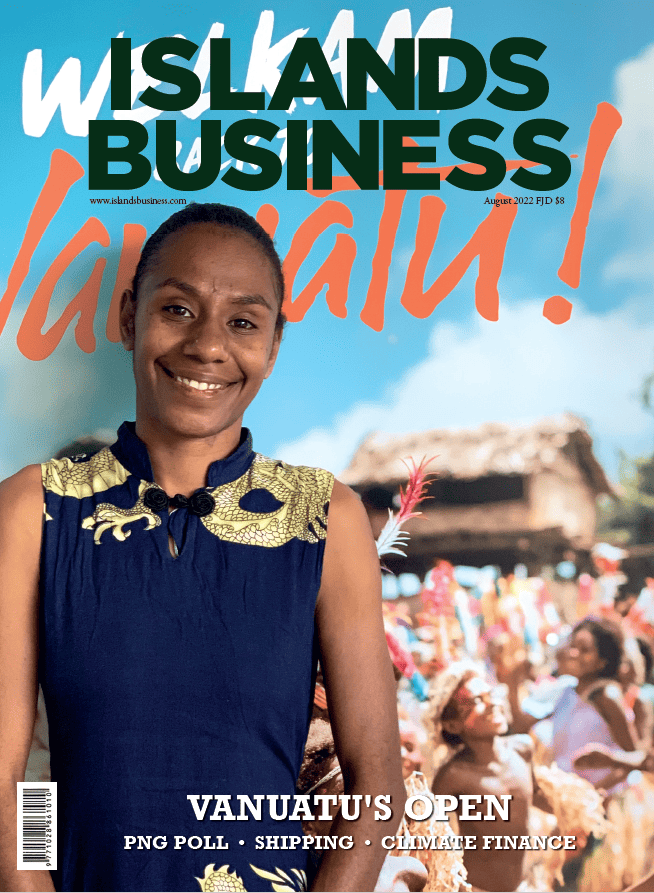Vanuatu reopened to tourists on July 1, but there is still some work to do to reopen properties that have been shuttered for two years and fill frontline tourism positions.
Virgin Australia says it will resume its direct service from Brisbane to Port Vila in March next year. Solomon Airlines resumed flights on August 2. Fiji Airways began flights to Vanuatu on July 4, flying twice a week between Nadi and Port Vila, and connecting Vanuatu with long-haul source markets, including North America, Europe and Asia. In 2019 alone, Fiji Airways uplifted over 38,000 . . .
Please Subscribe to view full content...

One Comment “WHO: Pacific islands facing a bumpy road toward the ‘Healthy Islands’ vision”
Comments are closed.